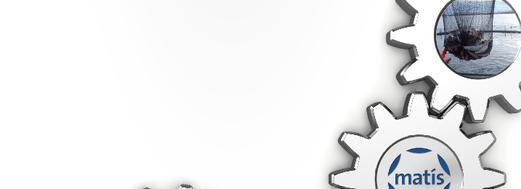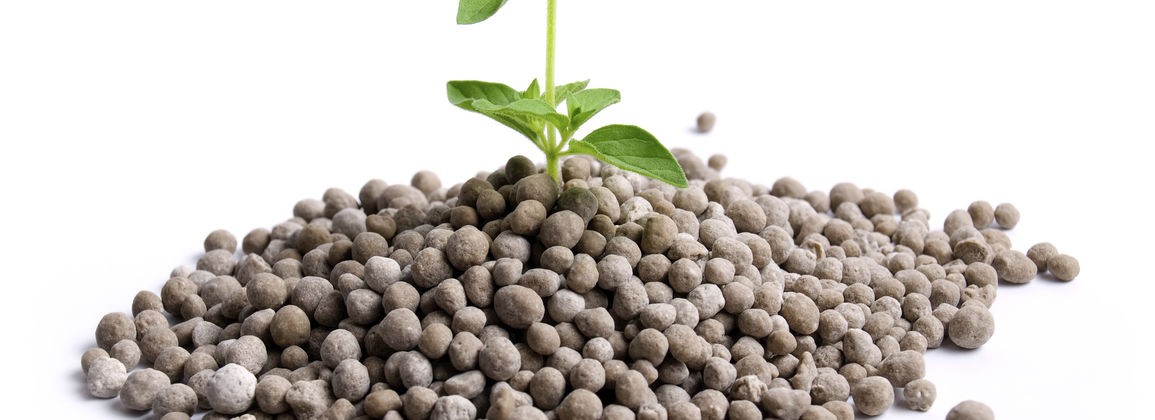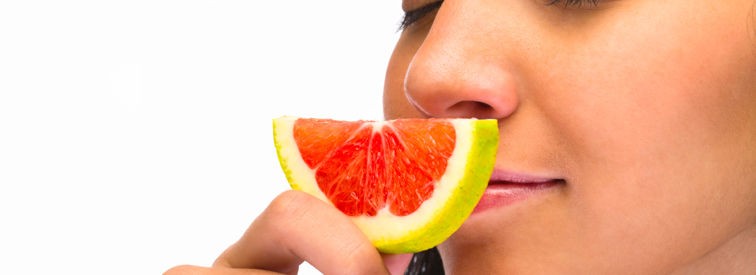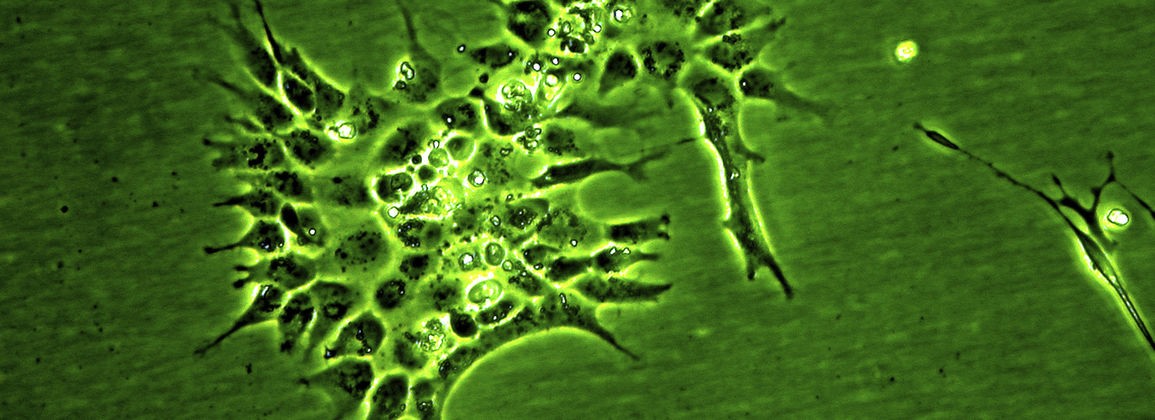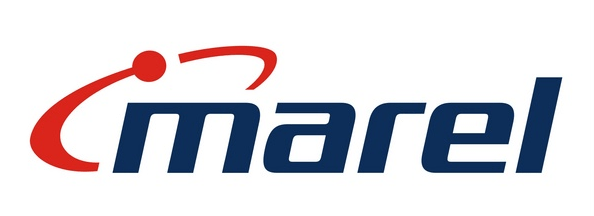"In my opinion, the potential for innovation in food processing in Iceland is very great", says Haraldur Hallgrímsson, division manager at Matís.
"This is one of the big industries in Iceland and we are very good at producing first-class food. When we look at the world picture for the future, it is clear that an increasing population calls for more and better food, and with increased prosperity in developing countries, world food prices rise. We Icelanders have all the means to take advantage of the opportunities that come with it and Matís has a lot to contribute to that value creation, "says Haraldur Hallgrímsson, who took over the position of Head of Innovation and Consumers in 2012.
Consumer expectations must be met
According to Haraldur, Matís' strength in service to the food industry is based on many things. Production and technical knowledge, consulting on product and raw material handling, transport technology, consulting on product development, packaging, marketing, assistance with financing innovation projects and much more.
"In this area, we work to support the market-driven value chain of the Icelandic food industry by always thinking first about the market, defining and researching consumer expectations and wishes. Then we go to the manufacturers and help them meet these expectations. It is the basis for a successful product that is popular in the market, "says Haraldur, whose field is the Matís division, which works most with pioneers in food production. Haraldur emphasizes, however, that the division's customers cover the entire flora, from the smallest to the largest.
"All projects and companies have been small in the beginning but have since grown. I am convinced that all over the country there are good innovation ideas in food production that can help get on the right track, develop for the right market and achieve good results. I mean not only production for the domestic market but also for the foreign market. We are far from becoming mass producers who compete on a price basis in anything other than fish, but we do not want to compete on the basis of low wages but on the basis of quality, high technology and strong marketing. As a result, we should look to serve higher-paying specialty markets. There are opportunities there, "says Haraldur.
Most successful to work with locals
The stage includes food factories in Höfn and Flúðir, but the food factory in Höfn has firmly established itself in recent years. Through the food factories, many innovative projects have become a reality related to small-scale production in agriculture, but emphasis will be placed on further strengthening work with entrepreneurs in the fisheries sector in the coming months. In the summer of 2012, Matís opened offices in Grundarfjörður and Patreksfjörður, which Haraldur says underline the company's policy of collaborating with local residents on projects based on regional resources and opportunities.
"Our experience is that it works best when we work together with local people on projects. They will then have more harmony in the local community and the results will be greater and more visible to the people in the areas. Our approach from Matís is to support entrepreneurs and companies in the areas to implement their ideas, "says Haraldur, but in Grundarfjörður the office is located in a building with the Snæfellingar upper secondary school. The aim of the establishment is to support projects based on the utilization of seafood from Breiðafjörður, for example biochemical processing from large algae and the utilization of underutilized raw materials such as fish slag.
With the location of Matís' office in Patreksfjörður, Haraldur says he intends to support the development of aquaculture in the southern Westfjords. "These new offices at Breiðafjörður work closely together. Like the locals, we look at the possibilities of the area as a whole, from Snæfellsnes to the southern part of the Westfjords, "says Haraldur.

